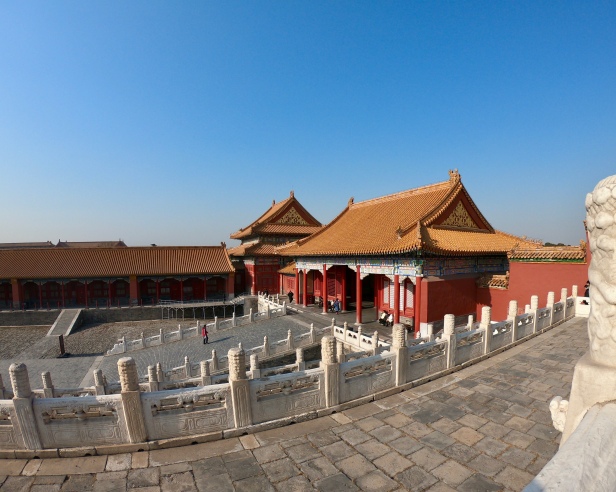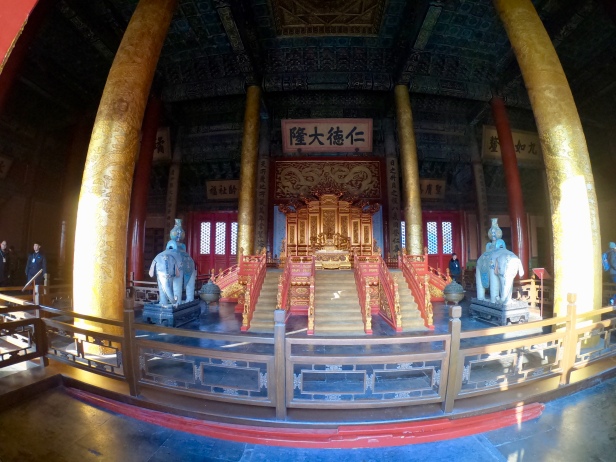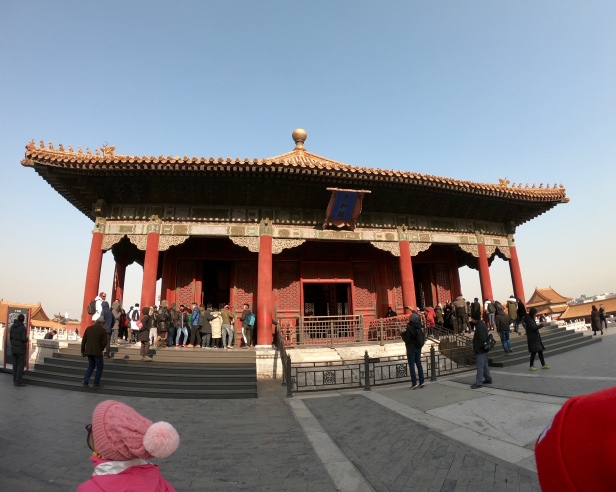Written by the Warrior
China as we know it today is a mosaic. Physically assembled through thousands of years of wars and conquests, from warring tribes to states, to kingdoms and imperial dynasties, as well as foreign invasions and the two world wars.
Its seat of power through all that conflict has also changed hands readily, but generally, the most significant capitals throughout Chinese history are/were:
- Xi’an, the capital of the first emperor of China at around 221 BC, of the Qin dynasty (link to blog post here)
- Luoyang, the capital of the Han dynasty at around 202 BC – the one that overthrew the Qin dynasty
- Nanjing, meaning southern capital, the capital of later dynasties
- Beijing, meaning northern capital, essentially China’s seat of power since the 1400’s
According to UNESCO, “Beijing was the home to 14 Ming and 10 Qing emperors over a period of 505 years”.
Of course this means that Beijing would boast one of the most impressive palace complexes in the world.

Fully surrounded by a 52 m wide moat and tall walls.

Along with imposing Great Halls.

Dragons galore.

Pockets of tranquility.

Ruins too – if you would believe it!

And immense troves of treasures.

(This is a crown worn by the Qin emperors)
Once called the Forbidden City, since the price for trespassing was instant execution. This UNESCO worthy (since 1987) grand and imposing palace is no longer forbidden, as long as you can fork out the 40 to 60 RMB ($8 to $12 CAD) entry fee.
With lots of new areas completed from renovations, there is a lot more for you and your 10,000 new friends to explorer and see.

